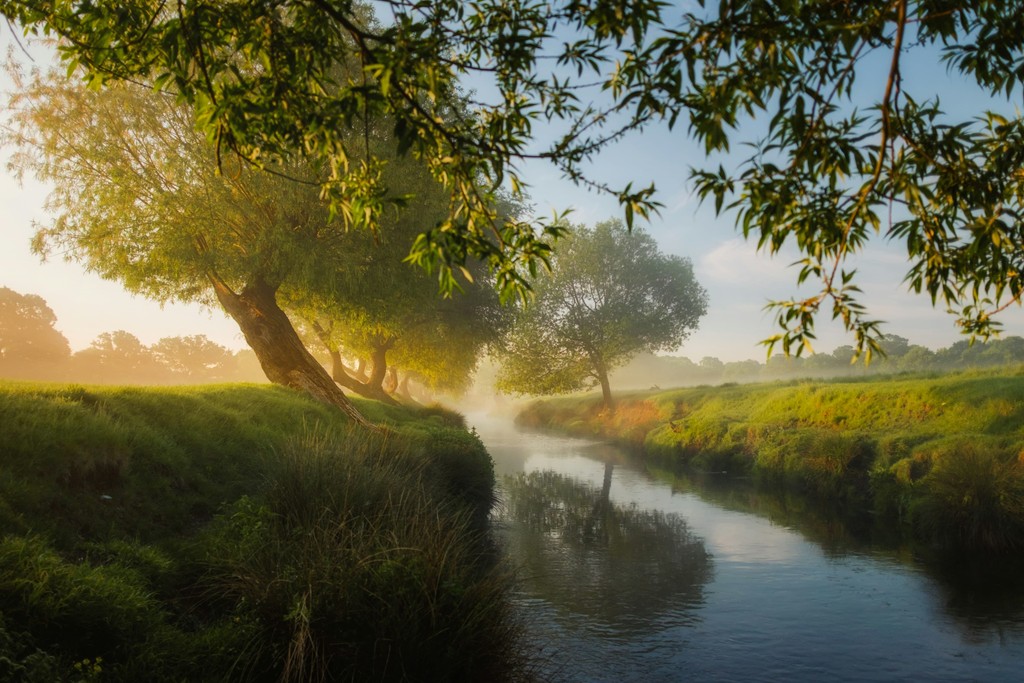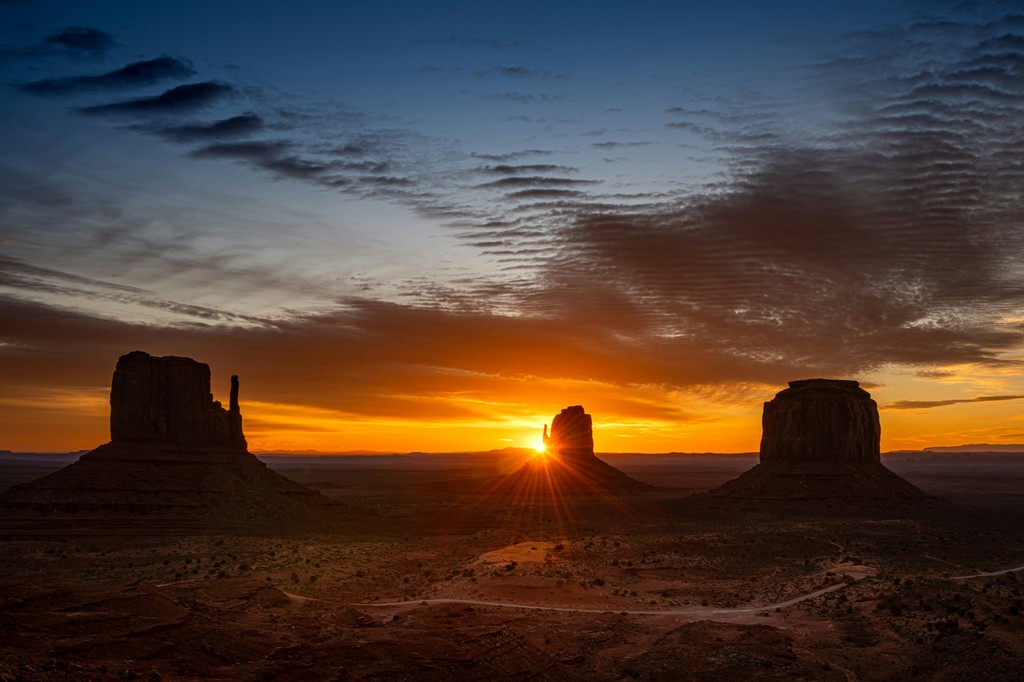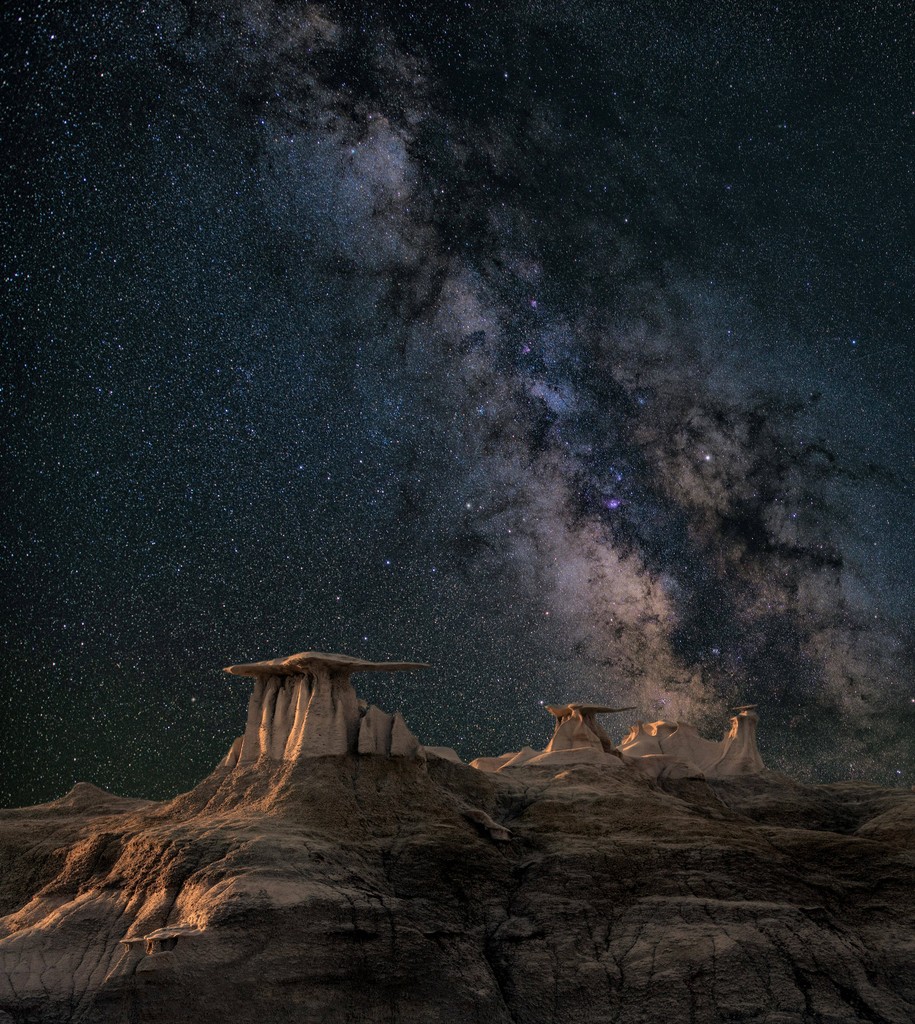Mastering Composition in Nature Photography
Mar 29, 2024
Tutorial
Landscape photography is a profound art form that allows us to capture the essence and beauty of the world around us. Beyond merely documenting scenes, mastering composition in landscape photography involves crafting visual narratives that evoke emotion, convey meaning, and transport viewers to breathtaking vistas. Whether you're a novice or seasoned photographer, understanding the principles of composition can elevate your landscape images from snapshots to masterpieces.
Understanding Composition
Composition is the arrangement of elements within a photograph, including lines, shapes, colors, and textures, to create a visually pleasing and compelling image. In landscape photography, mastering composition involves harmonizing these elements to tell a story and evoke a sense of place.

Essential Elements of Composition
Rule of Thirds: Divide your frame into a grid of nine equal sections by overlaying two horizontal and two vertical lines. Place key elements of interest along these lines or at their intersections to create balance and visual interest.
Leading Lines: Use natural or man-made lines such as roads, rivers, or fences to guide the viewer's eye through the image and towards the focal point, adding depth and dimension to your compositions.
Foreground Interest: Incorporate interesting foreground elements, such as rocks, foliage, or patterns, to add depth and context to your landscape images. A compelling foreground can draw viewers into the scene and create a sense of immersion.
Foreground-Midground-Background: Create depth and dimension in your compositions by including elements in the foreground, midground, and background. Establishing a sense of scale and perspective enhances the viewer's understanding of the scene and adds visual interest.
Techniques for Composition
Perspective and Point of View: Experiment with different perspectives and viewpoints to find unique compositions. Whether it's shooting from a low angle to emphasize foreground details or capturing a bird's-eye view from a high vantage point, varying your perspective can transform ordinary scenes into extraordinary images.
Frame Within a Frame: Look for natural frames, such as archways, doorways, or tree branches, to frame your subject and draw attention to it. Framing adds depth and context to your compositions while guiding the viewer's gaze towards the focal point.
Use of Light and Shadow: Pay attention to the quality, direction, and intensity of light when composing your shots. Golden hour light, with its warm, soft tones, can enhance the mood and atmosphere of your landscapes, while contrasting light and shadow patterns add drama and visual intrigue.

Practice and Patience
Mastering composition in landscape photography is a journey that requires practice, experimentation, and patience. Take the time to study the work of master photographers, analyze compositions that resonate with you, and apply those principles to your own photography. With each click of the shutter, you'll refine your eye for composition and develop your unique visual voice.
Conclusion
Composition is the cornerstone of compelling landscape photography, allowing photographers to create images that resonate with viewers on an emotional and aesthetic level. By understanding the principles of composition and mastering techniques for crafting visual narratives, you can elevate your landscape images from mere snapshots to timeless works of art. So, venture into the great outdoors, explore new perspectives, and let your creativity soar as you capture the beauty of the world through your lens.
More Blog Posts








